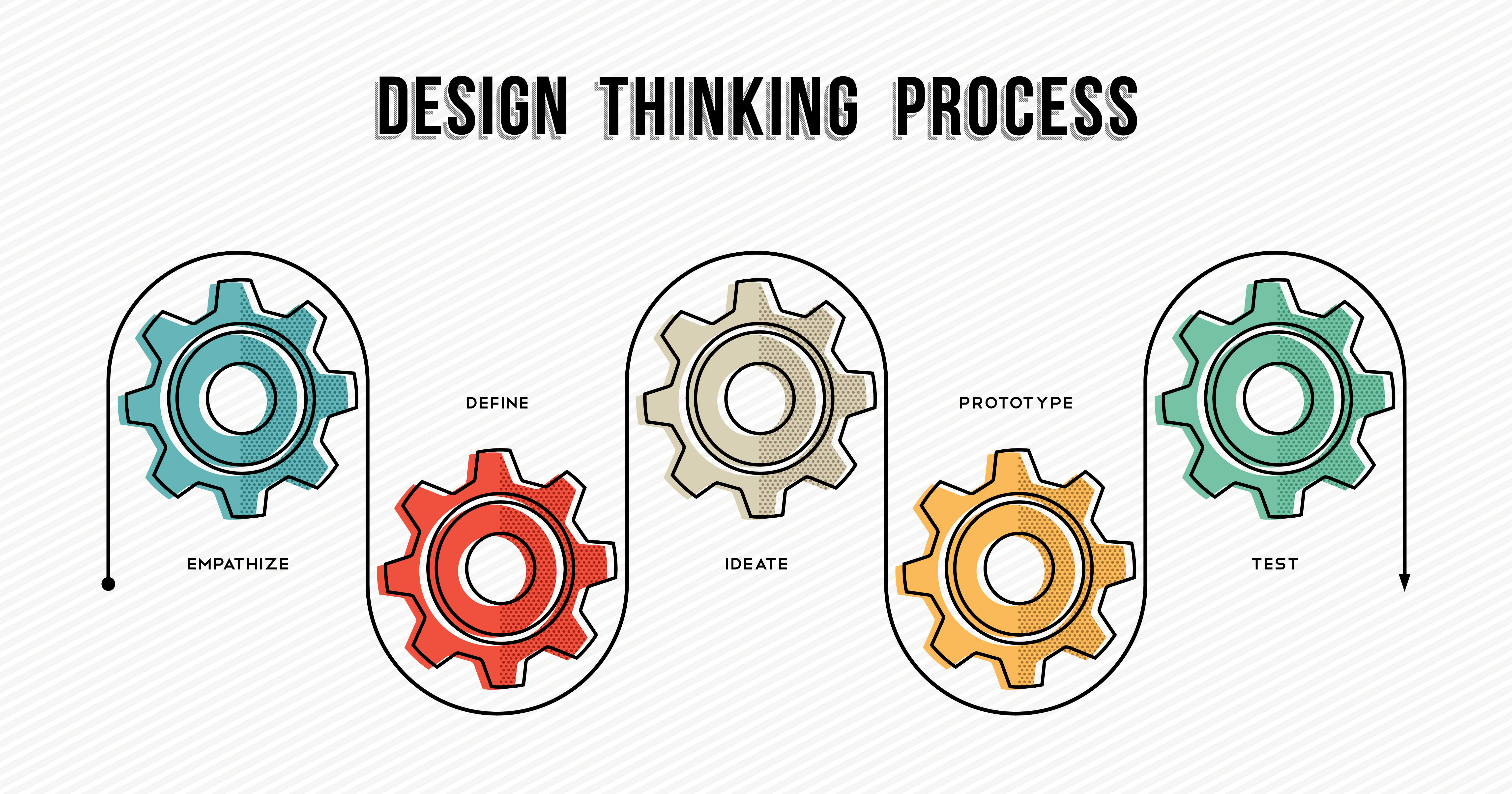 What are the elements of a successful digital transformation?
What are the elements of a successful digital transformation?
That is, what are the qualities, principles, cultural characteristics…and more an organization should have in place to increase chances for success with a digital transformation initiative?
It’s more than digital tools or infrastructure, although these are important. In this article, we discuss 3 elements critical to any digital transformation.
1. Culture
For a digital transformation initiative to succeed, an organization needs a conducive culture, which means it has the following characteristics:
- “One team” – A culture rife with territorialism and pettiness for personal gain is poisonous to any type of business transformation. Everyone needs to be moving in the same direction toward the same goals because the business itself won’t succeed unless everyone succeeds.
- No fear – A successful digital transformation depends on a culture in which everyone, from top to bottom, can speak without fear of being ridiculed. The flip side may be that not every idea is a good one, so people also need to understand if their ideas are not accepted, it might mean they don’t sufficiently support the goal. Nothing personal.
- Visionary leadership – An organization that already has the cultural elements needed for successful digital transformation is way ahead of the game. Organizational cultures are notoriously difficult to change; it takes a long time and visionary, courageous leadership to pull it off. Sometimes it means getting rid of “toxic” team members or reorganizing. Organizational leadership professionals must often make hard choices.
- Willingness to change – Organizations with a vested interest in maintaining the status quo and protecting “turf” are going to have a tough time implementing business processes with value-enhancing digital improvements. You must be willing to look critically and fearlessly at existing organizational structure, processes, and interactions among teams.
2. Organizational Qualities
“Culture” is how people and groups within the organization think about themselves and each other. “Organizational qualities” is how the company as a whole studies a problem and reaches a solution. With the right culture in place, organizational qualities that are essential to the success of a digital transformation can be fostered. The two most important organizational qualities for a successful digital transformation are creative-thinking and design-thinking.
-
Creative thinking – “Out-of-the-box thinking” is willingness to step outside conventional boundaries to look at a problem from new angles. Doing so enables organizations to come up with novel, non-obvious solutions.
The smartphone is an excellent example. Instead of creating a device that was primarily a phone with cool features, Apple re-imagined their device as a platform that could do almost anything. They employed independent developers for that platform, and it paid off. For example, voice-calling is one of the device’s many capabilities, not the central purpose of the device. The result was a revolution in mobile devices that may have led to Blackberry irrelevance. - Design thinking – This means more than “how it looks,” although visual appearance is an important factor in design. Design thinking goes deeper; addressing how the entire design of a solution, from the system architecture to the user interface, speaks to the business problem or supports the business process. It requires the participation of all stakeholders, especially including the business process owners and the system’s end users.
3. Tools and Technologies
Digital transformation, by definition, involves the application of digital technologies to enable business transformation. Therefore, tools and technologies are important to the success of a digital transformation initiative, and should have certain critical characteristics:
- Quality – Quality doesn’t mean the absence of bugs. Sometimes a bug-free solution is never used because it fails to meet the needs of the business. A solution’s quality is measured by how reliable it is, how usable it is, how well it satisfies business requirements and yes…how many bugs it has. With the right design thinking and the right development and testing processes, quality can be built into the solution.
- Scalability – One goal of every business is to grow; to increase revenues, increase customers, and increase product and service offerings. Any digital solution must be designed with future growth in mind. Its capabilities and capacities must be calculated to grow with the company.
- Security – In a digital solution to any business problem, security must be considered every step of the way. Having a security mindset when designing the system will reduce vulnerabilities and make the system more robust.
- Supportability – A digital solution is not an end-state; it will constantly evolve as business needs change and grow. The solution must be designed so developers 2-10 years later can easily modify the system without breaking it.
In addition, digital infrastructure can be highly important to the success of a digital transformation. Does the organization have the computing resources on-site to implement a digital solution? If the design involves offloading the computational heavy-lifting to cloud-based services, do you have sufficient network bandwidth to support the communication with the cloud services across the internet? Would it be advantageous to implement edge computing resources to reduce bandwidth requirements? Answers to these questions, among others, are important to making digital transformation a success. It’s not just about the software.
Without Culture, Qualities...You May Be TRANSFORMING the Wrong Processes
It’s tempting to characterize digital transformation as “only a software problem” or “just an IT problem,” throw some technology at it, and call it art. Approaching digital transformation this way is a recipe for disaster. Without a critical examination of current business processes to see where they are wasteful or add little or no value, a digital transformation runs the risk of automating processes that shouldn’t be.
Digital technologies are obviously at the heart of any digital transformation for business benefits. But without organizational culture and qualities in place, a digital transformation can fail. You may not be “transforming” anything; you’re digitally enabling a process that does the wrong things faster.
Before embarking on any digital transformation initiative, your organization should look at itself critically, realistically and determine if you have the directional organizational aptitude to successfully implement a digital transformation. If you don’t, you need to begin now to get there.

















